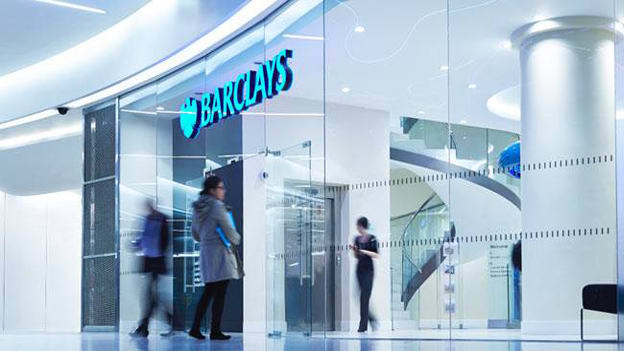Barclays installs "OccupEye" to track bankers


Barclay Plc has installed sensors that track how often bankers are at their workstations. These sensors are tracking devices called OccupEye, which use heat and motion sensors to record how long employees are spending at their workstations.
Barclays, however, denied the news of tracking their employees by saying, “The sensors aren’t monitoring people or their productivity; they are assessing office space usage.” They further said, “This sort of analysis helps us to reduce costs, for example, managing energy consumption, or identifying opportunities to adopt flexible work environments further.”
The union officer, Dominic Hook said,” We were given assurances that the boxes did not monitor individuals or their performance.” He further added, “The union will keep a close eye on the situation to make sure that the sensors are never used to spy on staff or as a means to measure productivity.”
OccupEye is a sensor based solution from Cad-Capture that allows organizations all over the world to analyze vital workspace utilization data. However, in the past OccupEye has been increasingly used as a way to monitor employees. In 2016, one of Britain's oldest national newspapers Daily Telegraph installed this device under employees’ desk. According to a media report, these “OccupEye” sensors were installed to monitor whether journalists are at their desks. The company wanted to identify any possible slackers. However, the organization witnessed a massive protest from employees and the organization removed the devices.
Organizations today can monitor employees’ activities and communication by tracking their email accounts, internet usage, GPS, employee badges, etc. Employee monitoring may allow a business to track employee activities and monitor worker engagement with workplace related tasks. However, the issue of surveillance and tracking employees’ activity is still contentious. It can often become the source of discontent between employers and their staff.


